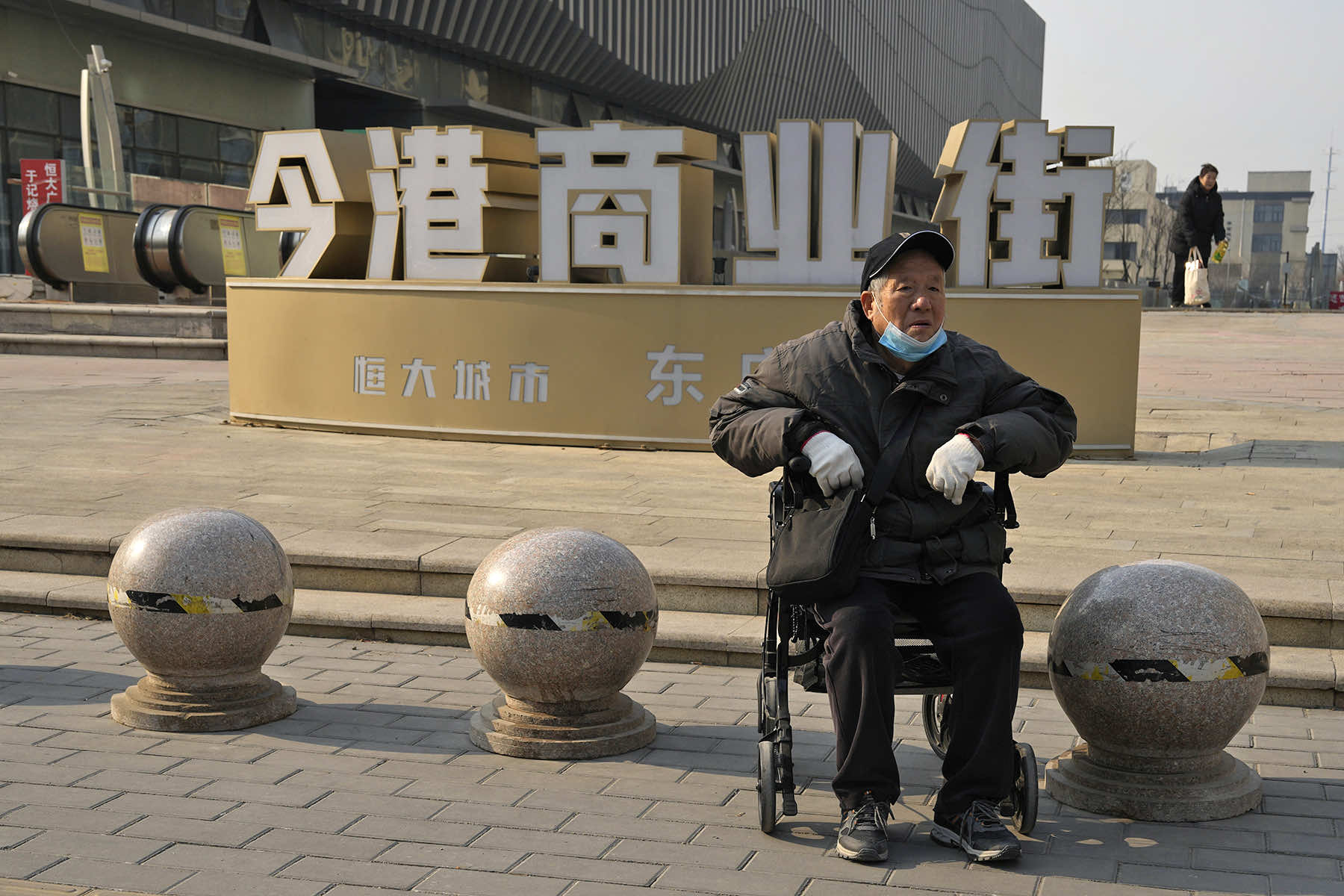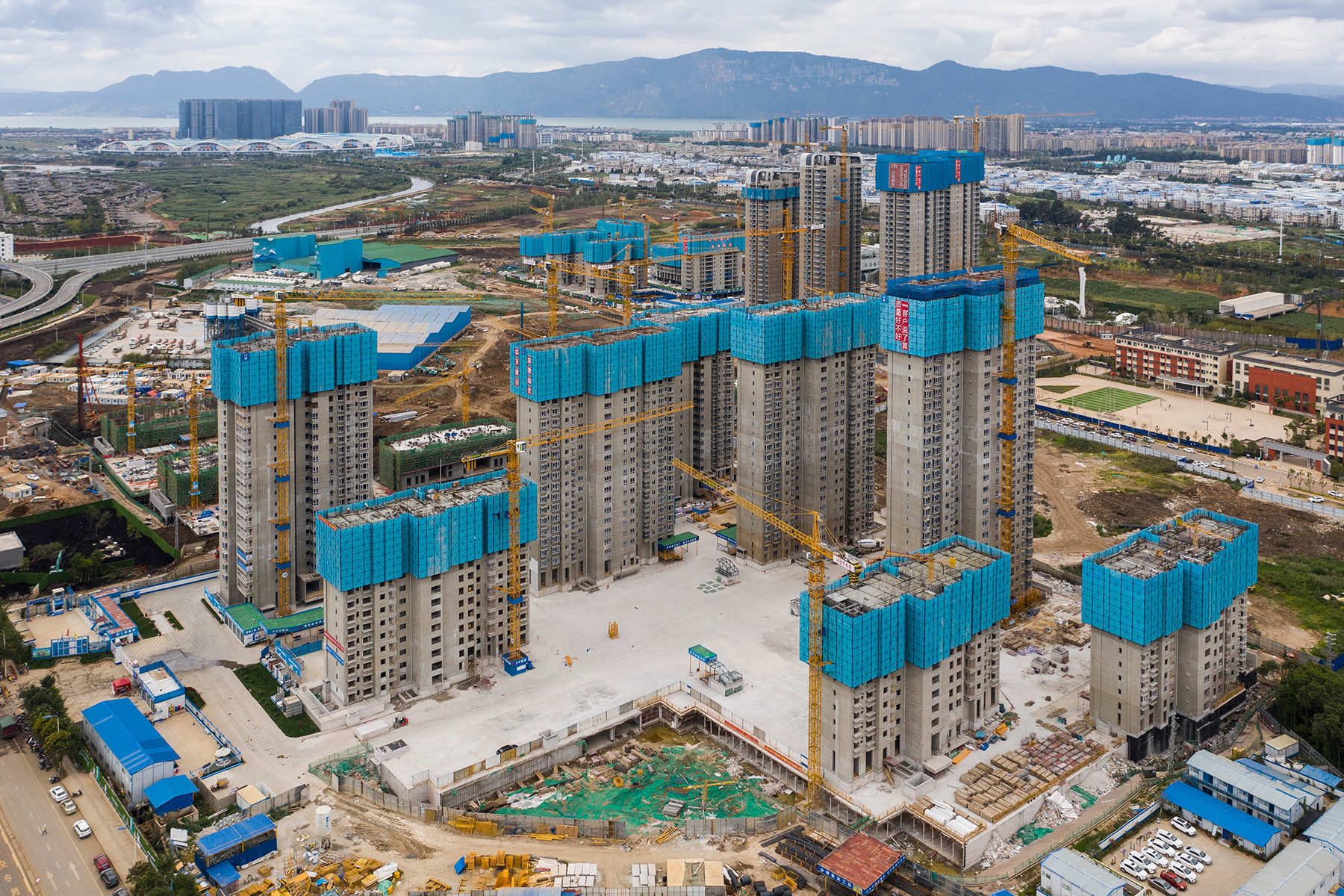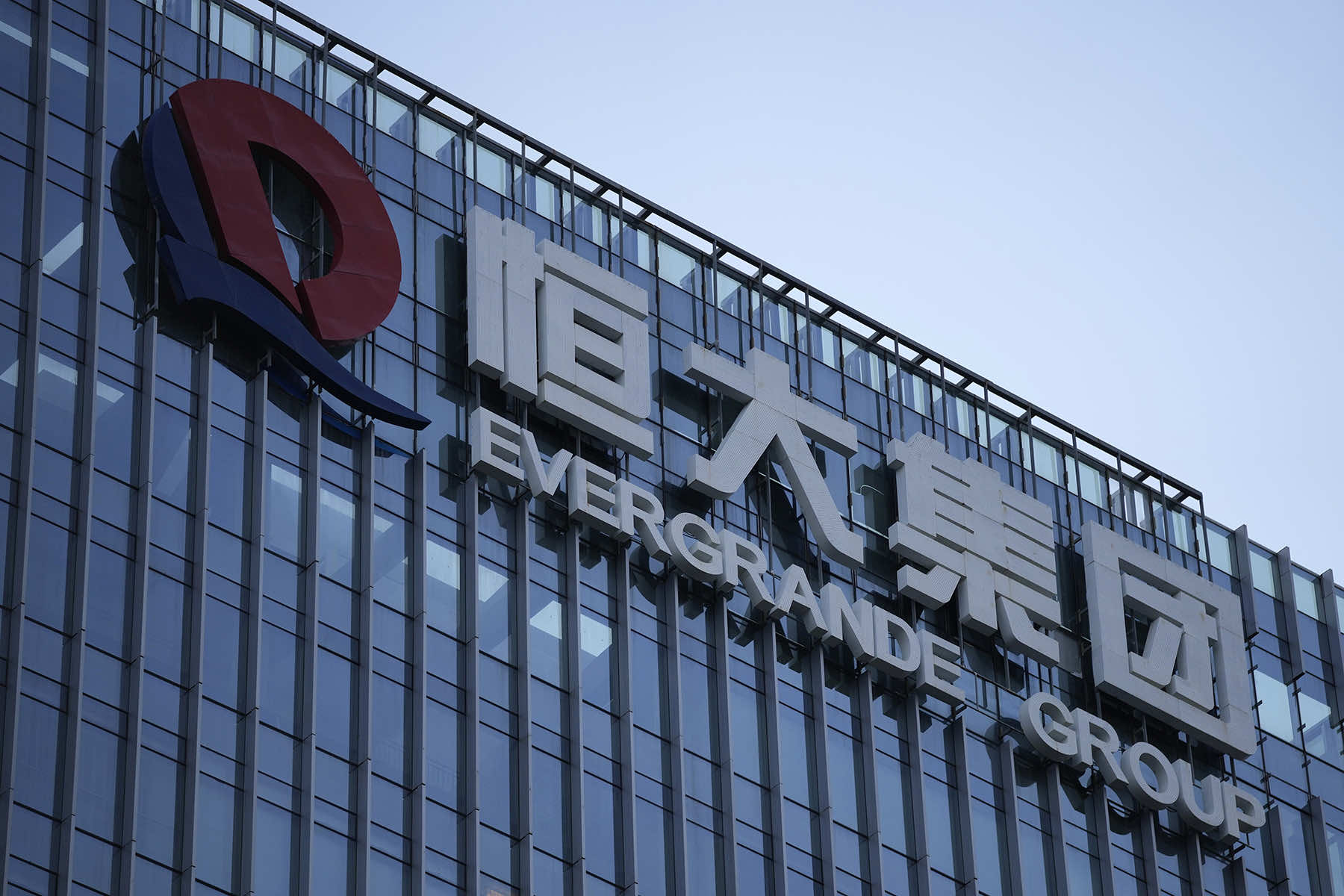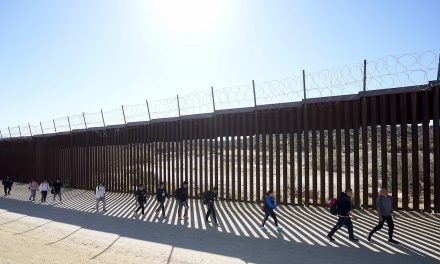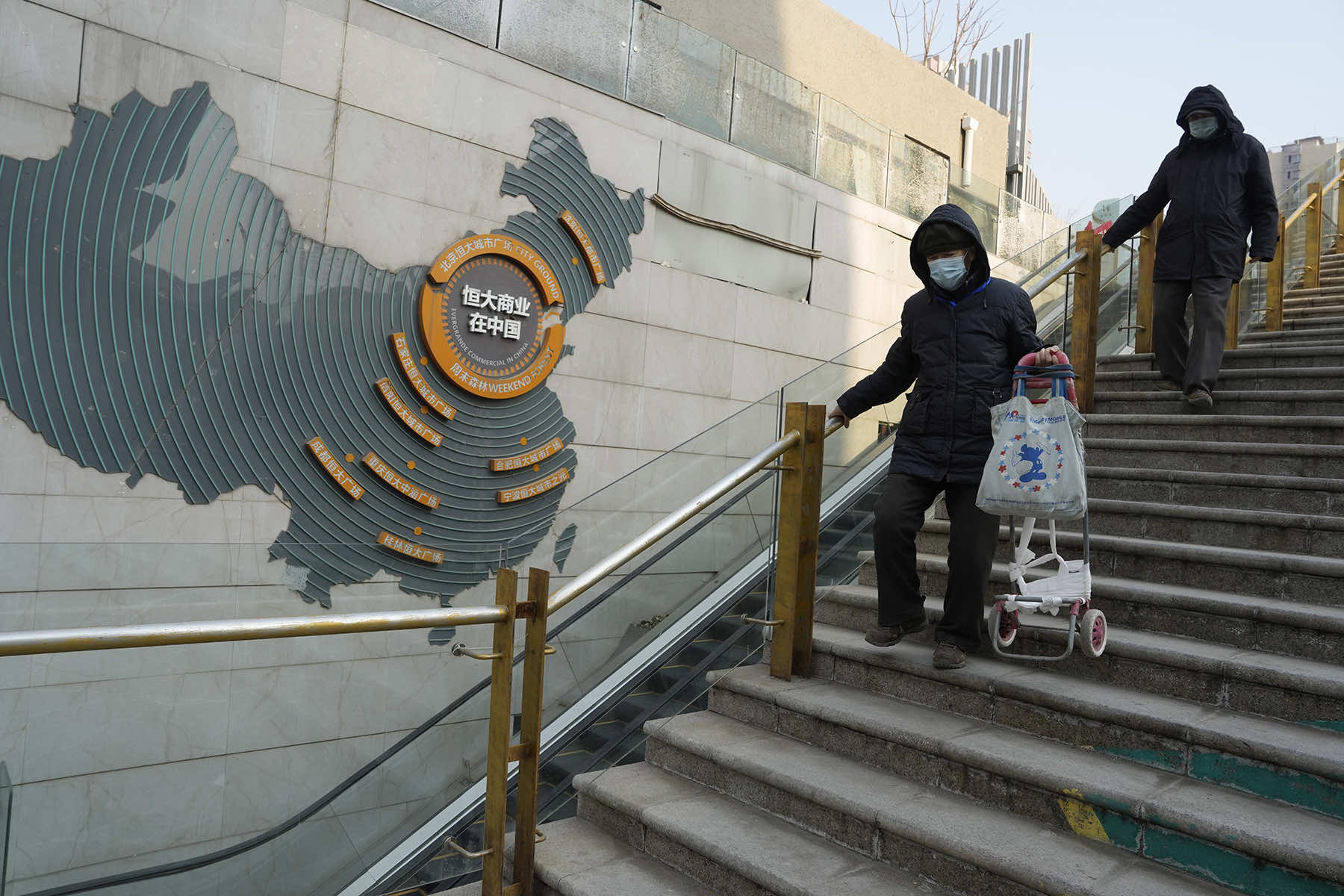
A Hong Kong court’s order to liquidate China Evergrande, the world’s most heavily indebted real estate developer, is only a tentative step toward resolving a debt crisis that is haunting financial markets and dragging on the Chinese economy.
Evergrande owes $340 billion to its creditors. Experts said it was unclear if the January order would be enforced in mainland China, where the company and 90% of its assets are based. Lenders inside of China already have claims on most of those “onshore” assets, and Beijing is likely to favor them.
The order by the Hong Kong High Court also is not a remedy for the crisis of confidence haunting China’s financial markets.
The liquidators acting on behalf of the creditors in the Hong Kong case “will have a relatively straightforward path to trying to claim offshore assets,” said Brock Silvers, managing director of Kaiyuan Capital. “But the company has very few offshore assets. Almost everything is onshore, and onshore the liquidators’ authority simply isn’t recognized.”
Officials have made it clear their priority is to satisfy claims on prepaid housing that developers have not delivered, Silvers said. “And even after that would be the onshore creditors. So once you get to that stage, there’s nothing left that would flow to the offshore creditors,” he said.
Such worries appeared to resurface a day after the court’s liquidation order, which followed Evergrande’s failure to reach an agreement with its creditors. Markets in both Hong Kong and Shanghai have fallen recently, as share prices of many property developers sank.
In the past year, the Hang Seng has lost almost 30% of its value. The Shanghai Composite has fallen more than 13%. Ripple effects from the property crisis, coupled with lingering damage from the coronavirus pandemic, have plagued China’s economic recovery and are expected to take growth below 5% this year.
While Evergrande’s cash crunch represented a big chunk of the liabilities developers defaulted on, China’s financial woes are not confined to the property sector. Many Chinese financial institutions and local governments also are in a pickle.
Overall, outstanding property debt was estimated at 60 trillion yuan ($8.9 trillion), or nearly 50% of China’s GDP in 2022, Swiss Re Institute, a private research company, said in a recent report.
So far, such risks have only rattled financial markets without causing huge upheavals. State-owned Chinese banks and other domestic entities own most of the debt owed by Chinese property developers. Some developers already have worked out arrangements with their creditors, both in and outside China, bringing overall property debt to 30% of GDP by last year, the Swiss Re report said.
David Goodman, director of the University of Sydney’s China Studies Center, said he thinks China’s property debt burdens are unlikely to precipitate a major financial crisis. “The fact of the matter is that the Chinese financial system is not as open or as marketized (as in the United States),” he said.
Mortgage foreclosures are less of a risk in China than in the U.S. Although foreclosures have risen, Chinese home buyers generally must make down payments that cover most of the costs of their purchases. Property sales fell nearly 20% in 2023 from a year earlier, while house prices dropped 6%.
The government has gradually rolled out measures to relieve pressure on the real estate market, freeing up more money for financing while limiting use of such loans for new property investments. It also ordered banks to better manage the risks that led to a 2020 crackdown on excessive borrowing that helped bring on the crisis.
The latest policy initiatives were expected to free up about 1 trillion yuan ($140 billion) in funding — only a small fraction of the total owed — to help developers cover their operating costs and pay down debt.
The question is whether banks will choose to lend to developers and how property companies will balance debt payments with the need to finish the projects they have underway.
The backlog of unfinished apartments is estimated at about 20 million units. At least another 65 million units are reportedly unoccupied. Meanwhile, the government has boosted spending on affordable housing and urban renewal.
While China’s banks are generally in good shape, with ample reserves and low levels of loans gone sour, the wider financial system is in a more precarious state.
Local governments, with an estimated $13.8 trillion in total debt, have lost a key source of revenue with the downturn in sales of land-use rights — one of the biggest risks within the system.
Many non-bank financial institutions, including so-called shadow banks that operate as lenders but are not subject to the same oversight as banks, are heavily exposed to property loans and have been declared insolvent.

